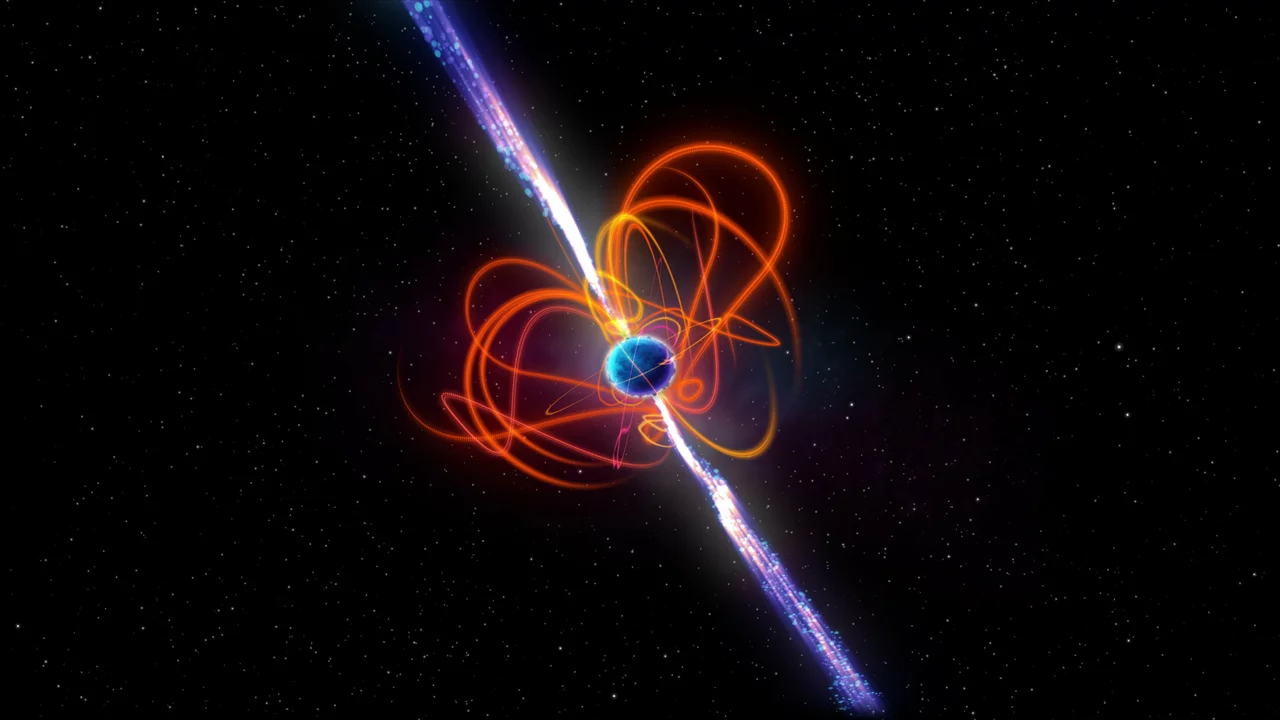Why doesn't a bat move backwards when it hits a ball?
-
Jul, 22 2023
-
0 Comments

Understanding the Physics of Baseball
Baseball is not just a game of strength and strategy; it is also a game deeply rooted in the principles of physics. When a bat hits a ball, it isn’t just about the player's strength or the bat's quality. Physics comes into play, dictating the direction and the velocity of the ball. The principles of Newtonian physics, particularly Newton’s third law of motion, explain why a bat doesn't move backwards when it hits a ball. This is what we'll discuss in this section.
The Fundamentals of Newton's Third Law of Motion
According to Newton's third law of motion, for every action, there is an equal and opposite reaction. This means that any force exerted on a body will provoke a force of equal magnitude in the opposite direction. In the context of baseball, when a bat hits a ball, the force that the bat exerts on the ball is equal to the force that the ball exerts on the bat. However, this doesn't cause the bat to move backwards. Why so? Let's explore further.
Breaking Down the Collision
When a bat hits a ball, there is a collision taking place. This collision can be categorized as elastic or inelastic. In an elastic collision, both momentum and kinetic energy are conserved. In an inelastic collision, only momentum is conserved. The collision between a bat and a ball is primarily considered inelastic. This aspect plays a significant role in understanding why the bat doesn't move backwards.
The Role of Momentum
Momentum is the product of an object's mass and velocity. In an inelastic collision, such as a bat hitting a ball, the total momentum before the collision equals the total momentum after the collision. The bat, having a larger mass than the ball, has more momentum. Therefore, even after imparting some of its momentum to the ball, the bat continues to move forward rather than backwards.
Implication of Force
Force is another factor that needs to be considered. The batter exerts a large force on the bat, ensuring that it moves in a forward direction. When the bat hits the ball, the force exerted by the ball on the bat is significantly lesser than the batter’s force. As such, the force exerted by the ball doesn't make the bat move backward.
Energy Transfer in Action
When the bat hits the ball, energy is transferred from the bat to the ball. This transfer of energy causes the ball to move at a high speed in the opposite direction. Despite this energy transfer, the bat doesn't move backwards because the energy transfer doesn't affect the bat's forward motion.
The Bat's Swing and Pivot
The technique used to swing the bat also contributes to why it doesn't move backwards when it hits the ball. Batters typically pivot the bat at their shoulders, creating a rotational motion. This motion, combined with the forward movement of the bat, ensures that it continues to move in the forward direction even after hitting the ball.
Impact Duration and Bat Speed
The duration of impact between the bat and the ball is very short, typically a few milliseconds. This short duration doesn't allow sufficient time for the bat to be significantly affected by the reaction force of the ball. Additionally, the high speed at which the bat is swung helps maintain its forward direction.
Material and Design of the Bat
The material and design of the bat are also critical. Bats are designed to be sturdy and to absorb the impact of the ball. The material of the bat, usually wood or metal, is rigid and strong. This rigidity allows the bat to hit the ball without moving backwards significantly, if at all.
Summing Up the Physics of Baseball
In conclusion, the reason a bat doesn't move backwards when it hits a ball lies in the principles of physics, particularly Newton's third law of motion, the conservation of momentum, and the nature of the collision. Additionally, practical aspects like the force exerted by the batter, the swing technique, the impact duration, and the design and material of the bat also play a part. Understanding these principles not only enhances our appreciation of the game but also highlights the fascinating interplay of physics in everyday life.